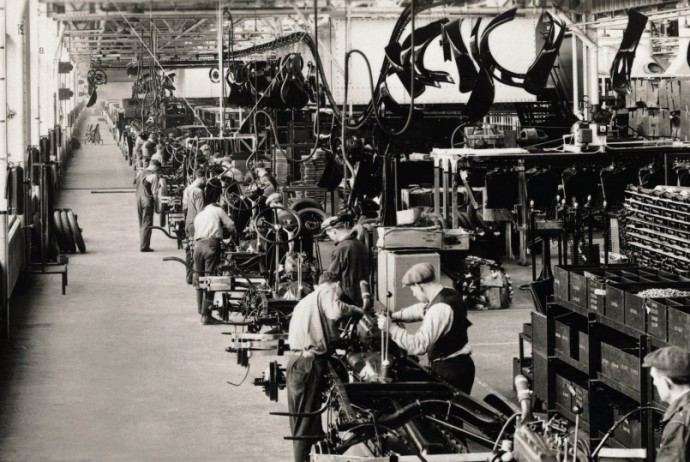INTRODUCTION AND OVERVIEW
The 18th century Industrial Revolution was truly a revolutionary time. The demand for goods was higher than ever before and there was a great need for better industry. The high demand for advancements peaked innovation. The major advancements of the time were developed through trade, service, and industry. Technologies in various industries such as textiles, mining, steel, iron, and communications made vast progress. The transportation industry benefited from the invention of the steam engine and steam boat which allowed for quicker transportation of goods throughout the continent and the rest of the world. People were able to do less manual labor with the help of new inventions, and with these new inventions came a push to build more factories. This resulted in the mass movement of laborers from the rural countrysides to the industrial cities. The great advancements made during the Industrial Revolution allowed for mass production, less work in less time, and more profit. It was a revolutionary movement that changed society thereafter.
Click here to watch an introductory video about the Industrial Revolution!
TIMELINE
Listed below are some key events throughout the Industrial Revolution in regards to Steel, Mining, Textiles, Iron, and the Telegraph.
1698– the Steam Pump was invented by Savery, which helped with the removal of water from mines.
1709– Abraham Darby I produced the cast iron using coal
1712– the Steam Engine was invented by James Watt. It helped with the removal of water from the deep, working mines as well as allowing such mines to not be placed next to waterways.
1712– the Newcomen Engine was invented, which enable more coal to be extracted and made mining more profitable
1733– John Kay patented the Flying Shuttle
1742– Cotton mills opened at Birmingham and Northampton
1743– Lancashire mill owners imported East India yarns to improve the quality of textiles
1760-The first cast iron blowing cylinder was used
1764– Hargreaves designed this the Spinning Jenny; Arkwright designed the Water Frame
1769– Arkwright patented the Water Frame
1770– iron replaced wood in making industrial machines and tools completely.
1770– Hargreaves patented the Spinning Jenny
1771– Arkwright opened his mill at Cromford
1773– the first all-cotton textiles were produced
1779– Crompton designed the Spinning Mule
1783– Henry Cort discovered the “pudding furnace” method; Arkwright’s mill at Mason was opened
1785– Cartwright patented the power loom
1787– Cotton goods production was 10 times more than in 1770
1789– Samuel Slater took textile machinery to the United States
1790– Arkwright’s steam powered factory was built in Nottingham
1794– The first non-electrical telegraph was created
1816– the Safety Lamp was invented by Sir Hunphry Davy.
1830’s/1840’s– an electrical type of telegraph was invented by Samuel Morse
1844– the first telegraph message was sent across the United States
1864– Siemens-Martin Process makes steel industry boom
1866– a telegraph line was made to go across the Atlantic Ocean
1876-the telephone was invented by Alexander Graham Bell
1880’s– European businessmen invest in production of steel and iron railroads across Europe
1914– World War I begins
